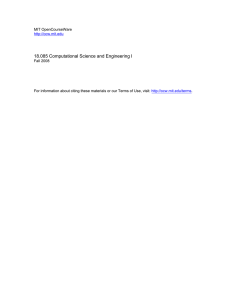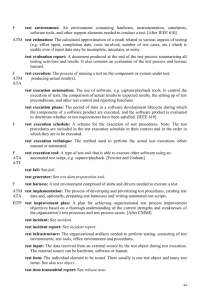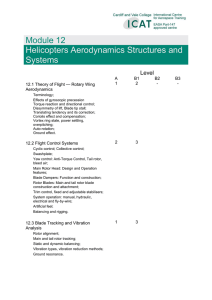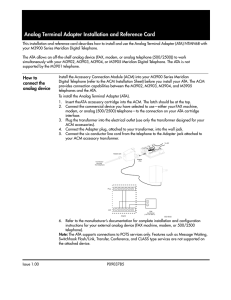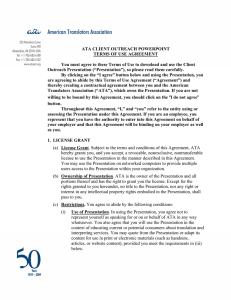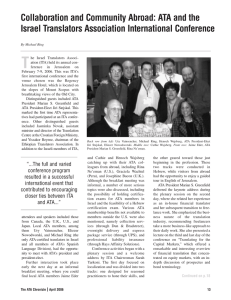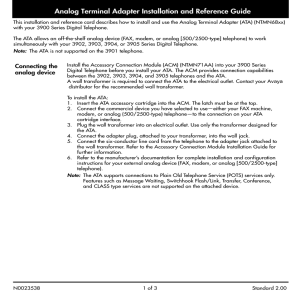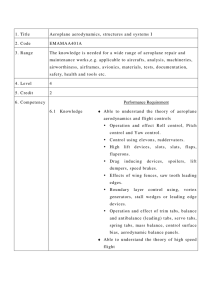(A1895) - Product Information Sheet - Sigma
advertisement
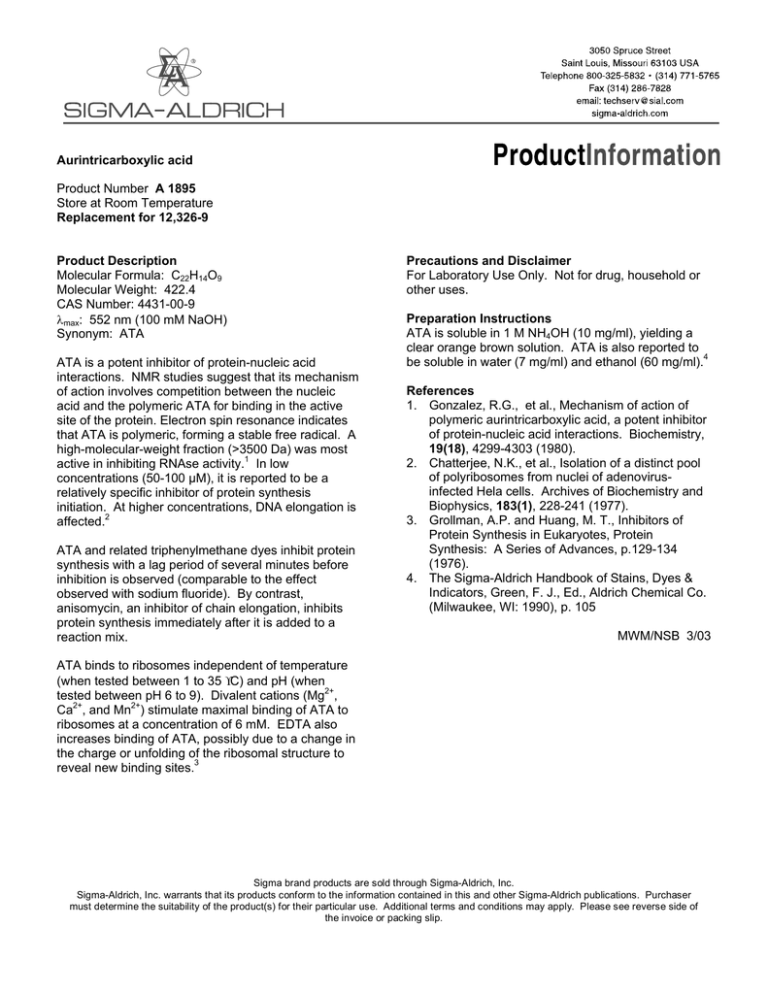
Aurintricarboxylic acid Product Number A 1895 Store at Room Temperature Replacement for 12,326-9 Product Description Molecular Formula: C22H14O9 Molecular Weight: 422.4 CAS Number: 4431-00-9 λmax: 552 nm (100 mM NaOH) Synonym: ATA ATA is a potent inhibitor of protein-nucleic acid interactions. NMR studies suggest that its mechanism of action involves competition between the nucleic acid and the polymeric ATA for binding in the active site of the protein. Electron spin resonance indicates that ATA is polymeric, forming a stable free radical. A high-molecular-weight fraction (>3500 Da) was most active in inhibiting RNAse activity.1 In low concentrations (50-100 µM), it is reported to be a relatively specific inhibitor of protein synthesis initiation. At higher concentrations, DNA elongation is affected.2 ATA and related triphenylmethane dyes inhibit protein synthesis with a lag period of several minutes before inhibition is observed (comparable to the effect observed with sodium fluoride). By contrast, anisomycin, an inhibitor of chain elongation, inhibits protein synthesis immediately after it is added to a reaction mix. Precautions and Disclaimer For Laboratory Use Only. Not for drug, household or other uses. Preparation Instructions ATA is soluble in 1 M NH4OH (10 mg/ml), yielding a clear orange brown solution. ATA is also reported to be soluble in water (7 mg/ml) and ethanol (60 mg/ml).4 References 1. Gonzalez, R.G., et al., Mechanism of action of polymeric aurintricarboxylic acid, a potent inhibitor of protein-nucleic acid interactions. Biochemistry, 19(18), 4299-4303 (1980). 2. Chatterjee, N.K., et al., Isolation of a distinct pool of polyribosomes from nuclei of adenovirusinfected Hela cells. Archives of Biochemistry and Biophysics, 183(1), 228-241 (1977). 3. Grollman, A.P. and Huang, M. T., Inhibitors of Protein Synthesis in Eukaryotes, Protein Synthesis: A Series of Advances, p.129-134 (1976). 4. The Sigma-Aldrich Handbook of Stains, Dyes & Indicators, Green, F. J., Ed., Aldrich Chemical Co. (Milwaukee, WI: 1990), p. 105 MWM/NSB 3/03 ATA binds to ribosomes independent of temperature (when tested between 1 to 35 °C) and pH (when tested between pH 6 to 9). Divalent cations (Mg2+, Ca2+, and Mn2+) stimulate maximal binding of ATA to ribosomes at a concentration of 6 mM. EDTA also increases binding of ATA, possibly due to a change in the charge or unfolding of the ribosomal structure to reveal new binding sites.3 Sigma brand products are sold through Sigma-Aldrich, Inc. Sigma-Aldrich, Inc. warrants that its products conform to the information contained in this and other Sigma-Aldrich publications. Purchaser must determine the suitability of the product(s) for their particular use. Additional terms and conditions may apply. Please see reverse side of the invoice or packing slip.

